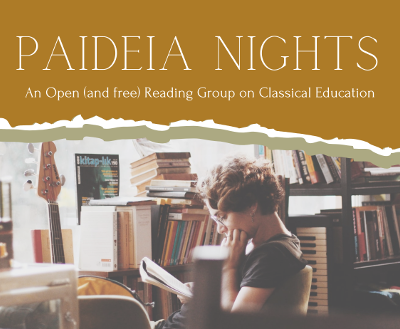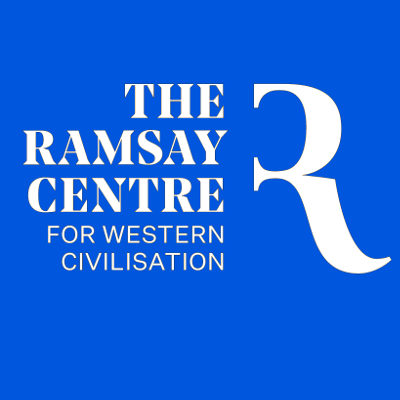This paper will concern itself with three teaching techniques for the classical classroom. These three have been selected because they are easy to learn – but difficult to master; they can implemented in all age groups from K to 12. They can be used in almost every subject area. They are high impact: high impact for the students but also high impact for the teacher, in opening one’s eyes to a different way of teaching.
But before I get into exactly what these techniques are, we will have to discuss the role of a technique in education.
The Role of the Technique in Education
The reason why is that it can be extremely fraught with danger to start with technique, because if we are not careful we may end up replicating the mistakes of modern education (Glass, 2019; Gibbs, 2020).
That mistake has been to view the teacher as a technician. Now the world certainly needs technicians and teachers in the technical – but fundamentally teachers are not technicians because the object of teaching, the student, is not a machine (Pieper, 1998). Nor are they are a cog in a great collective machine, which is also, as such, a mistaken view of society or of the world (Caldecott, 2011).
We can see the ways in which this mistaken view of the teacher-as-technician is unfolding across the modern West. This school, Alpha, is the latest chapter. As their tagline reads: an AI-run school where there are no teachers and kids can earn money. How quickly this form of education turns to transparently utilitarian, and frankly disturbing, objectives – for children to not only be merely in training for jobs in school but to actually be fulfilling an economic need (Lewis, 1964; Adler & Van Doren, 1972).
While this school is an outlier, we do see this shift to the technical in regular schools with teachers. Pedagogy has shifted to become technical in nature, regarded as a sum of techniques rather than an art form that requires practical wisdom and not just technical know-how (Pieper, 2009; Caldecott, 2012).
A Perennial Threat to a Perennial Treasure
However we should not be so proud to imagine that this obsession with the technical could not also happen to classical and liberal arts. It could, and it did which his why we are in our current predicament (Glass, 2019; Caldecott, 2012).
There are three main threats here – utilitarianism, solipsism (or a kind of narcissism) and what I have termed "well-meaningless" – a trend that has been particularly harmful to religious education in Australia, where Christianity is reduced to a series of philanthropic principles and Jesus Christ to a self-help mentor (Gibbs, 2019; Pieper, 1998). And as you can see, from these examples, which are slightly tongue in cheek, this distortion could happen even when looking at Plato – or Dante – or Homer (Lewis, 1964; Caldecott, 2011). It could happen despite name dropping the good, the true and the beautiful (Pieper, 2009). It can happen even if we invoke the trivium or quadrivium (Caldecott, 2012; Glass, 2019).
So, how can we protect ourselves from this risk? Well, it will be helpful to know these three classical techniques with greater depth in two ways, firstly in their historical place and secondly in their philosophy (Adler & Van Doren, 1972). What we will do before we take on a classical teaching technique, is find a guiding perennial principle, and to protect from inventing a convenient principle out of nothing let’s extract one from certain ages of history (Caldecott, 2011).
Appropriately we will start at the beginning.
The Primeval Age
And I have three points here across which we will pick up a perennial principle relevant to our classical classroom, the first is the Altamira caves in Spain, the second is Göbekli Tepe, a temple complex in South-East Turkey, and the third is The Book of Genesis.
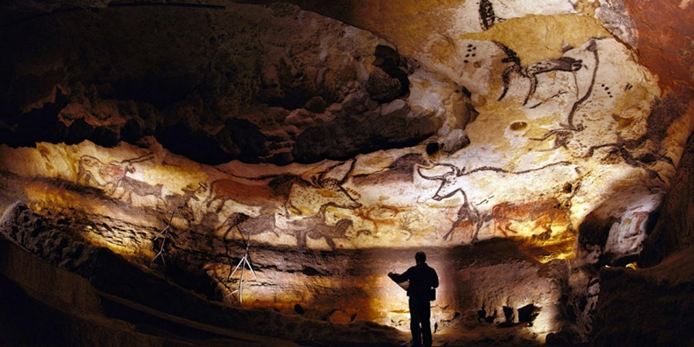
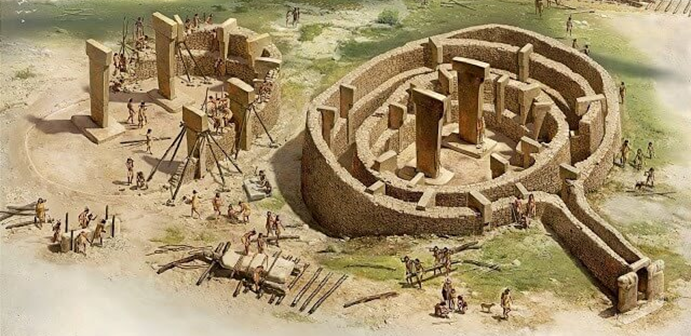
The Altamira Caves are famous for their cave paintings which are roughly 20,000 years old. These paintings feature a variety of animals, human figures, and abstract symbols. I think they are striking and beautiful, and it’s clear that an artistic mind, a mind of wonderment was behind them (Pieper, 1998). G. K. Chesterton wrote about very similar cave paintings in The Everlasting Man, reflecting on the Caves of Altamira in Spain of around the same age. In this, Chesterton (1925) dispels the “chronological snobbery” held against primeval man and against a materialist view of man in general, writing:
When novelists and educationists and psychologists of all sorts talk about the cave-man, they never conceive him in connection with anything that is really in the cave. When the realist of the sex novel writes, ‘Red sparks danced in Dagmar Dreadmore’s brain; he felt the spirit of the cave-man rising within him,’ the novelist’s readers would be very much disappointed if Dagmar only went off and drew large pictures of cows on the drawing-room wall. When the psycho-analyst writes to a patient, ‘The submerged instincts of the cave-man are doubtless prompting you to gratify a violent impulse,’ he does not refer to the impulse to paint in water-colours; or to make conscientious studies of how cattle swing their heads when they graze. Yet we do know for a fact that the cave man did these mild and innocent things; and we have not the most minute speck of evidence that he did any of the violent and ferocious things.
In other words the cave-man as commonly presented to us is simply a myth or rather a muddle; for a myth has at least an imaginative outline of truth. (p. 5)
Our second example, Göbekli Tepe, does a very similar thing to the Marxist myth, or Marxist muddle, that dictates that organised communal religion rose as merely an “opium” devised by a ruling priestly class to control farmers, the proletariat. Göbekli Tepe, which is 11,000 years old, is problematic to that theory. This is primarily because the site predates the agricultural revolution by more than a thousand years, and there is little sign of permanent settlers meaning this temple was constructed by nomadic peoples (Dietrich et al., 2019). These nomadic peoples would have travelled for miles and miles to unite at this temple and share in a common worship. The exact nature of this worship is mysterious but the carved figures suggest worship of anthropomorphic nature totems, and also interestingly the structure of the temple aligns with the positions of eclipses and the winter and summer solstices (Magli, 2015).These were a people searching for cosmic meaning beyond the material demands that Marx and Engels would suggest they were totally occupied with (Pieper, 2009; Glass, 2019). Primeval man searched the heavens and the earth, sought revelation in the Book of Nature for transcendent meaning – this was no invention of a controlling class but is an innate longing in man that has been within us from the beginning (Gibbs, 2019).
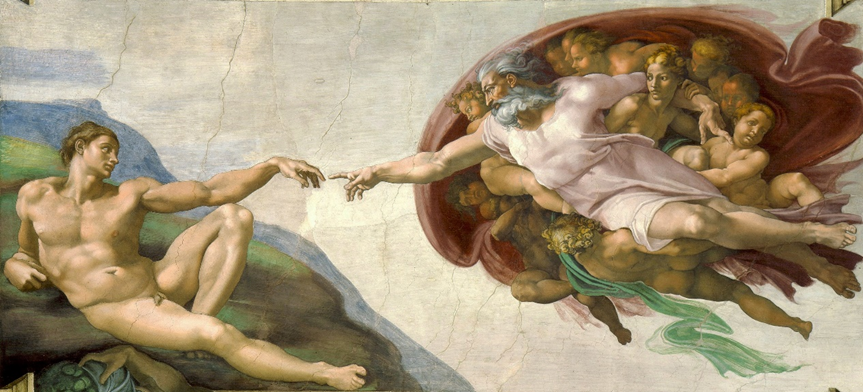
Moving now from the Book of Nature to the Book of Holy Writ. As Christians and inheritors of Christendom we would take that transcendent reality, sought and glimpsed at by primeval groups, to be accounted for most fully in the Book of Genesis (Caldecott, 2011). Here we find not only that transcendent reality accounted for but also our own longing for it, here we find a map of transcendent reality, it is both a poetic history and a mirror that reveals we are the dispossessed royalty of God’s kingdom, fallen and now besieged by death and disease but destined towards a reunion with God in Christ. There is so much more that we could say on Genesis but I believe we can take on now a perennial principle.
The principle that should have a greater bearing on our classrooms is: Our students hunger for the transcendent. And indeed because of the nature of modern education we could go further and say that they are positively ravenous for it.
Our first technique which is grounded by this principle is: The Picture Study.
The Picture Study
A picture study is an exercise in noticing and a prompt for discussion. I use a particular framework which works well: See, Think, and Wonder (Gibbs, 2019). As a class you spend 30 seconds looking at the picture, and then take it away. Then you think about what you see, then another 30 seconds of viewing. Then finally another 30 seconds of viewing and we’ll attend to wonder (Glass, 2019). For the sake of example we can take this picture by Joachim Breukelaer, The Well-Stocked Kitchen.
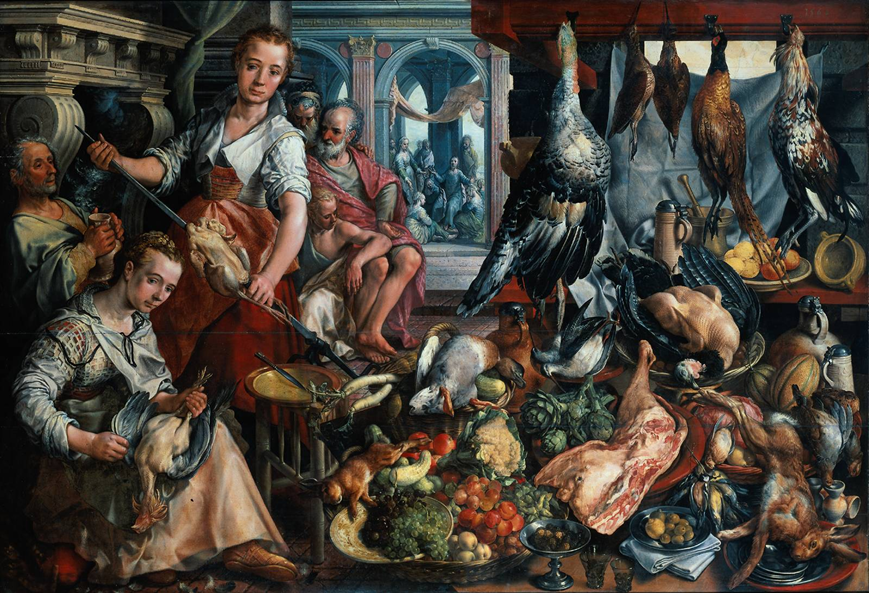
Starting with See, which is just taking in the absolute basics of the picture, we can ask: What is there? What shapes? What sorts of colours? What objects?
With Think, we can begin to interpret, asking ourselves: What is happening? Who is there? Where is it happening? What is in the background/foreground? From these questions we could discover as a collective the scene depicted as Jesus’ visit to Martha and Mary from Martha’s point of view while she is preoccupied with preparing a meal.
And finally we attend to Wonder – which is the most open-ended of the stages of a picture study. I will usually talk through a few questions, encourage students to reply to each other. And if I have done this at the start of class and want to link to a specific topic we are taking on, I might provide them with a question to ponder myself – if it was a religious education task I could ask: “During what parts of life do they believe God is in the background or God is in the foreground?” (Caldecott, 2011)
If it was an English class we could focus on the POV aspect of the painting and we could ask: “In Pride and Prejudice how is Elizabeth’s perspective limited like Martha’s perspective? Is Austen doing something similar or different?”
The When and Why Technique
I find at the start of a lesson or the end of a lesson is the best. In a similar way within a unit I find it best to use them at the beginning of a topic and towards the end.
- Strengthens attention, observation, narration (retelling), all very important, and underdeveloped in most Australian students (Glass, 2019).
- Picture studies can start with 30 seconds and soon you could have students build their attention to enjoy studying a painting for 30 minutes. And they’re happy to do so.
- Points towards transcendence and harmony through beauty. This picture should be a picture with depth and beauty, not advertising or propaganda (Pieper, 1998; Caldecott, 2011).
Which I think is so important, because our children are surrounded by ugliness – in our architecture, in behaviour, yes, but especially when it comes to media. I have up here a particularly ugly painting by Picasso, but in reality I would not be able to put up a true representation of the ugliness of what our children see on their phone day in day out (Pieper, 1998).
In any case, habituating harmony, as we say in the picture study was a key goal. In the next age we’ll look, the middle ages, harmony is also a chief concern.




